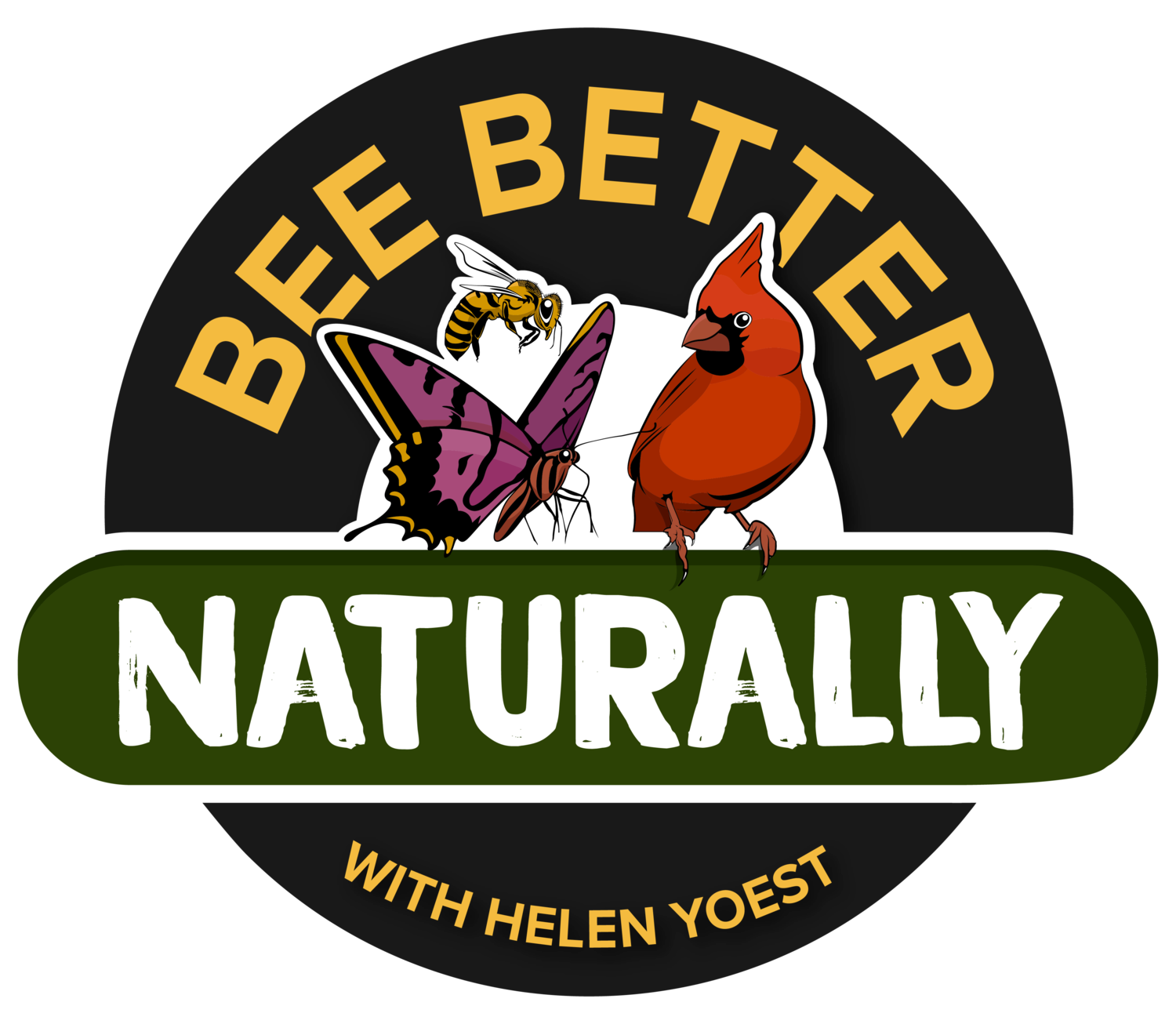Apple, Malus ‘Transcendent’
Most of us are familiar with forests as an ecosystem, hosting a diversity of plants, fungi, and insects. Deep in the forest, we see layers and niches. Think Tarzan swinging on three-inch diameter vines!
Imagine your forest system producing food, with the majority of elements in that system being productive.
By understanding how nature designs forest systems so they are self-maintaining and self-replicating, we can model that system with productive species to produce food in the most sustainable way. There would be a minimum amount of input and the maximum amount of output.
LAYERS WITHIN A FOREST
All forests have layers—canopy, over-story, under-story, shrub, herbaceous, root yield, as well as ground covers and climbers. Our food forest system can have each of these and give us food.
In traditional permaculture, a food forest system, one would grow a canopy cover, particularly a legume to richly fix nitrogen in the soil as the basis, and build under from there. As the canopy served its life, the biomass that remains is left to naturally decay or be broken up into the soil.
In the Bee Better Teaching Garden, we skipped the canopy layer so we didn’t need to wait for something to die as our food forest system matured. Instead, we built the soil by adding four-inches of composted leaves each year. Mind you, I’ve been doing this since 1998; and I would encourage you to begin doing so do so as well, if you aren’t already adding an annual mulch. The productivity of our soil is constant and fertility is constantly increasing.
Our garden planting focus is based on six layers— understory, shrubs, herbaceous/annuals, root yield, ground laver, and climbers, with edibles grown in each of these layers:
UNDER-STORY
The understory in the Bee Better Teaching Garden is made up mostly of fruit trees, including:
Apple, Malus domestica ‘Honeycrisp’
Kousa dogwood, Cornus kousa
Peach, Prunus persica ‘Redhaven’
Pear Asian, Pyrus pyrifolia
Pear Asian, Pyrus pyrifolia
Pear, Bartlette pear, Pyrus communis x P. pyrifolia ‘Kiefer’
Persimmon, Diospyros kaki ‘Fuyu’
Plum, Prunus salicina ‘Santa Rosa’
Paw Paw
Paw Paws, Asimina triloba
Sassafras, Sassafras albidum
Quince, Cydonia oblonga ‘Pineapple’
SHRUB
Beautyberry, Callicarpa amaericana
Camellia tea plant, Camellia sinensis var. sinensis
Goji, Lycium barbarum
Goumi, Elaeagnus multiflora
Bayleaves, Laurus nobilis
HERBACEOUS/ANNUALS
The herbaceous plants change out during the seasons, with kale and lettuce in late winter/early spring, and basil and tomatoes in the heat of the summer. I also self sow sesame and buckwheat, and have done other edibles as well.
Garlic yield
ROOT YEILD
The produce in the root yield also changes out during the seasons. Onions, carrots, garlic, and even peonies! But, no, I grow peonies for the flowers, although the petals can be used for a nice tea, but yes, the roots are edible!
GROUND LAYER
Peanuts, Arachis hypogaea, which are technically a root yield, as well, plus rosemary, Salvia rosmarinus and strawberries, Fragaria × ananassa ‘Ozark Beauty’
CLIMBER
Malabar spinach, Basella alba
Muscadine grape, Vitis rotundifolia
Elsewhere on our 1/2 acre, we have:
Apricot, Prunus armeniaca ‘Garden Annie’
Apple, Malus pumila ‘North Sentinel’
Banana, Musa spp.—use leaves for steaming food
Blackberries, Rubus fruticosus ‘Apache’ and ‘Arapaho’
Blueberries, Vaccinium ashei ‘Premier’, ‘Climax’, & ‘Powder Blue’
Cherry, Prunus avium ‘Stella’
Chives, Allium schoenoprasum
Chokeberry, Aronia melanocarpa
Chokecherry, Prunus virginiana
Figs, Ficus carica, ‘LSU Purple’, ‘Brown Turkey’, and ‘Celeste’
Guava, Psidium cattleianum ‘Strawberry’
Plum ‘Corinthian’, Prunus persica hybrid ‘Corinthian’
Kiwi ‘Issai’, Actinidia arguta ‘Issai’
Loquat, Eriobotrya japonica—Every year there are interesting flowers, loved by bees, but no fruit. We can grow kumquat in our area, with evergreen leaves and fall to winter flowers. However, fruiting will not occur if temperatures drop to 25ºF or below.
Passion vines, Passiflora incarnata and the tropical P. edulis
Raspberries ‘Southland’, Rubus idaeus ‘Southland’
Serviceberry, Amelanchier × grandiflora ‘Autumn Brilliance’
Of course, we also have eggs.






